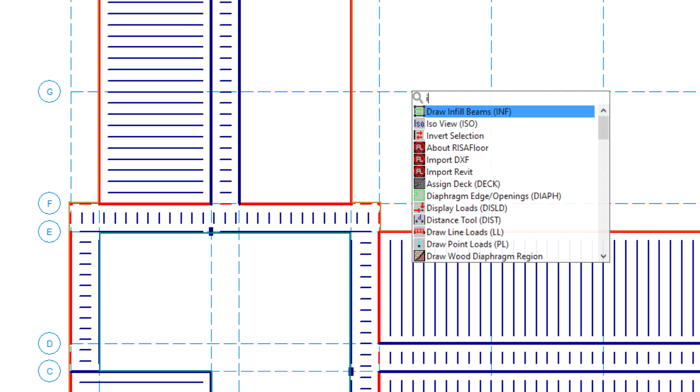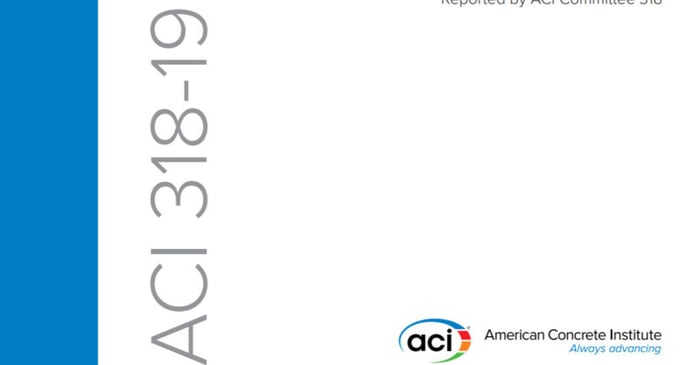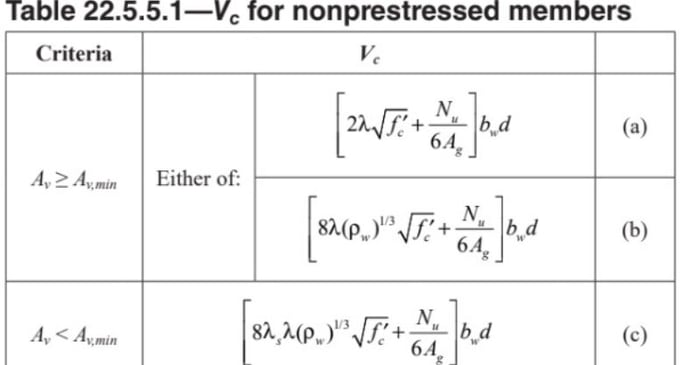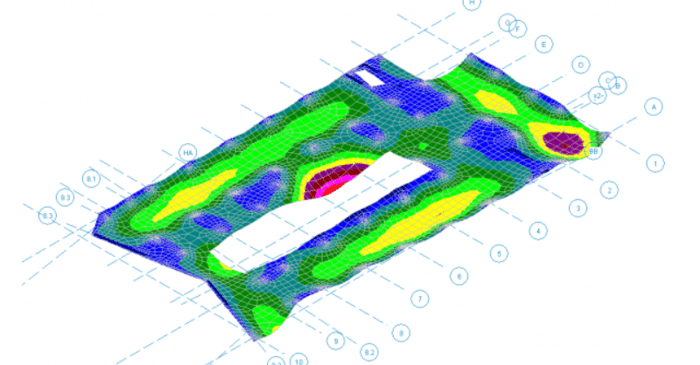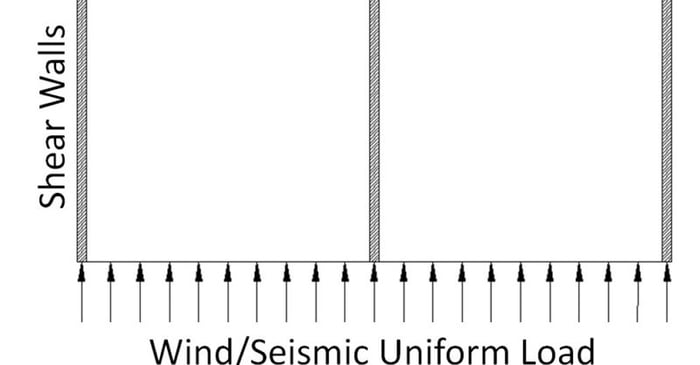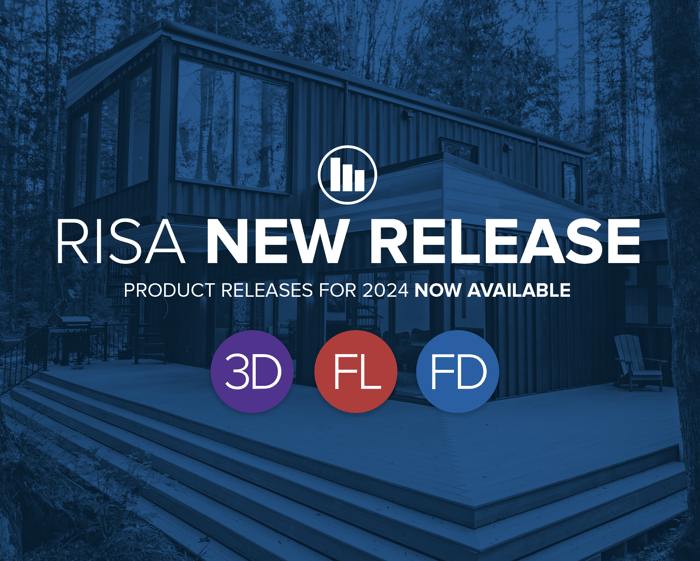
February 20, 2024
New Features in RISACore v22.0 Release
New features are now available in the recent release of RISACore (RISA-3D v22.0, RISAFloor v18.0, and RISAFoundation v16.0) . We are working hard to add the features and functionality that our customers have requested as soon as they become available. With that in mind, we have prepared a new...




.png?width=700&name=image%20(41).png)
